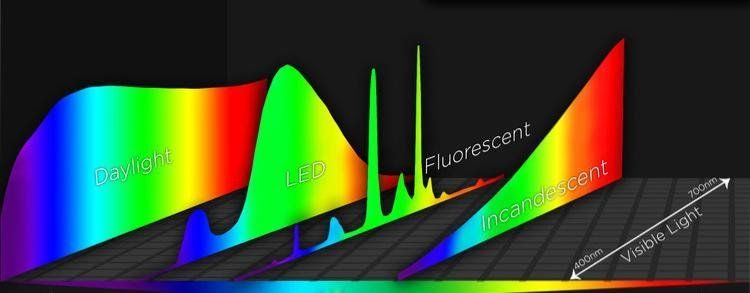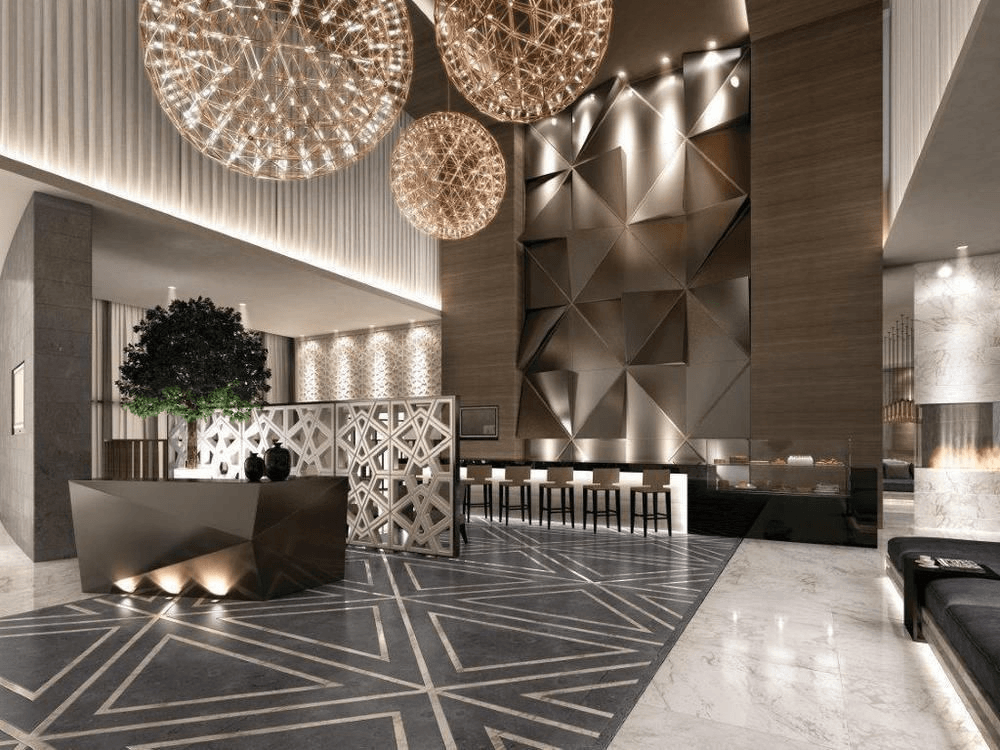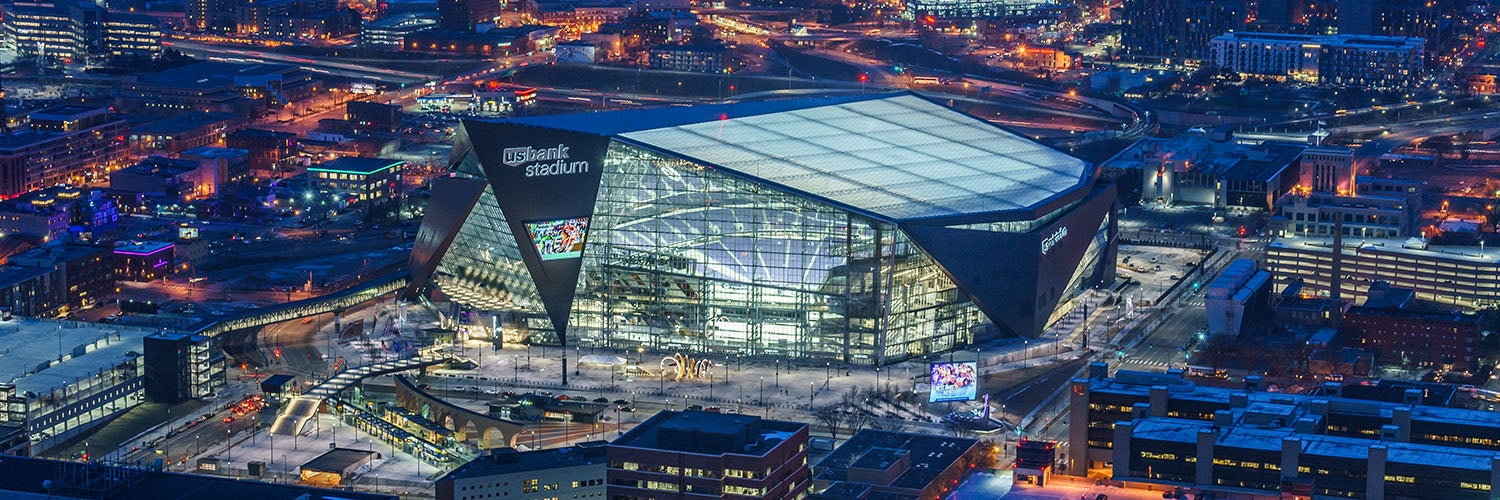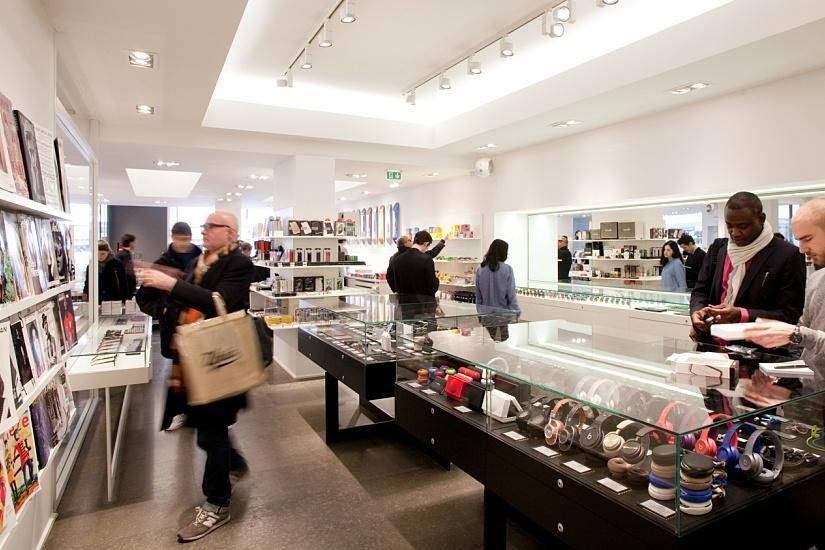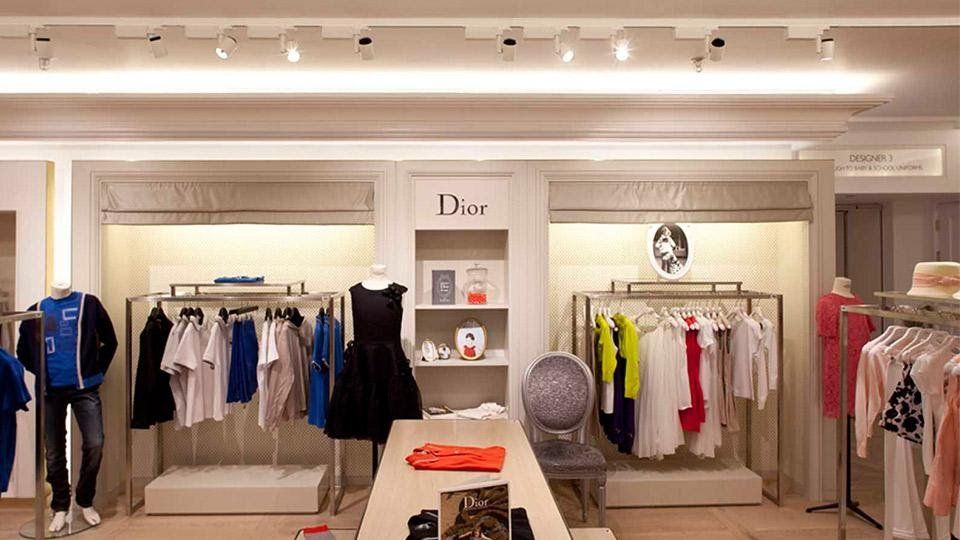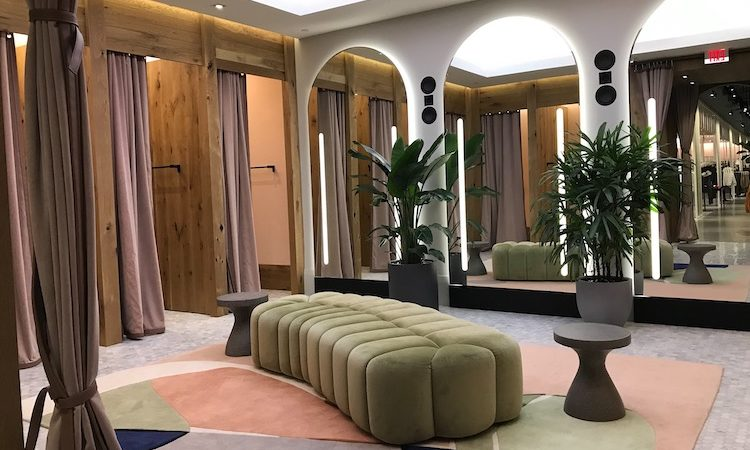LED Upgrade Spotlight: Retail Stores & the Benefits of LEDs
Lighting is one of the most important components of any retail space. Inadequate, tired, or otherwise sub-optimal lighting will stand out. Even if your customers don’t notice it consciously, they will register lighting faults even on a subconscious level. You can check out our discussion here about the importance of the right kind of lighting in your retail space. What it really comes down to is that poor customer experience is directly linked to poor sales. If customers can’t see what you have or don’t feel comfortable in your store, they’re not going to stick around to buy anything.
In this article we’ll focus on a few different areas where different kinds of lighting can make all the difference.
General lighting
It goes without saying that lighting in general is important. But while general lighting is only 80 percent about effectively illuminating your space. The other 20 percent is about setting the right mood for your store. Warm and homey or cool and modern, color temperature will come into play in a big way here. Then of course there’s CRI to consider - how well your bulbs render color relative to a pure light source like the sun. The higher the CRI, the better your products will look. Once you have those elements nailed down, it’s time to consider that kind of lighting you’re looking for. Most retail locations use a combination of track, overhead fluorescent-style tubes, and recessed lighting.
Track lighting options:
Track lighting fixtures provide a focused beam of light with the use of a type of reflector bulb (PAR30 or PAR38).
Fluorescent-style LED tube lights:
If a retail store has overhead fluorescent lighting, it's usually 2’ x 2’ or 2’ x 4’ troffers. These fixtures use linear fluorescent tubes (T8s).
Recessed lighting options:
Another type of general lighting applied in retail locations is recessed cans that use BR30 bulbs. These bulbs are great in retail spaces that lack natural light because they evenly illuminate a space. There are also LED retrofit fixtures. These often come in both baffle and smooth trim options and have E26 socket adapters and fit easily into any existing can housing. There are also disk or slim downlights which mounts flush to the ceiling and requires no can at all.
Cove lighting
Lots of retail stores use cove lighting to enhance the aesthetic appeal of the space in general or to draw customers to a specific area within the store. Perhaps it’s an area with high-value merchandise or the latest releases. Whatever you wind up using cove lighting for, there are a few ways to get a really glamorous look with inexpensive LED fixtures. One method is LED rope lights, but most people opt for the T8 clear tube lights for these applications
Accent lighting
Many retail locations specifically use track or recessed lighting to accent products and displays. Both track lighting and recessed cans use PAR30 and PAR38 bulbs.
Fitting room lighting
A majority of buying decisions happen in the fitting room – which means proper fitting room lighting is vital to a retail store’s success. The perfect fitting room lighting will eliminate shadows and provide flattering light. Most fitting rooms have recessed cans as the primary lighting and often use T8s as well. They key to fitting room lighting is excellent CRI and typically warmer color temperatures, as they are usually more flattering when trying on clothing.
Stock room lighting
Most stock rooms in retail spaces have overhead fluorescent lighting – often 2' x 4' fluorescent strip fixtures that require linear fluorescent tubes. These fluorescent tubes can be swapped out for LEDs. Ultimately the most important thing for stock rooms is making sure everything is well illuminated. It should be clear where things are located and where new stock should be put.
As we’ve seen, lighting is crucial to your business’ retail space. Set the stage, light the way, and save money with a full LED retrofit from HardWire Lighting.
Contact us today for a free consultation.
